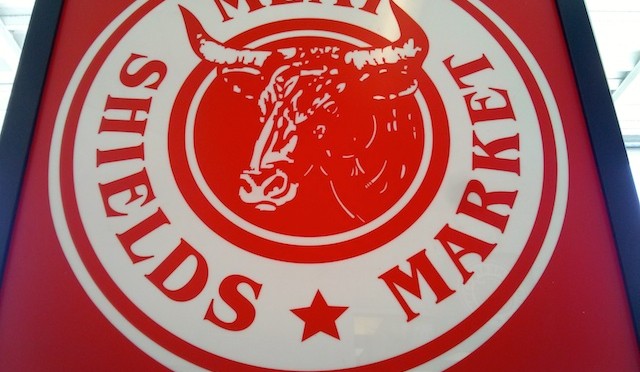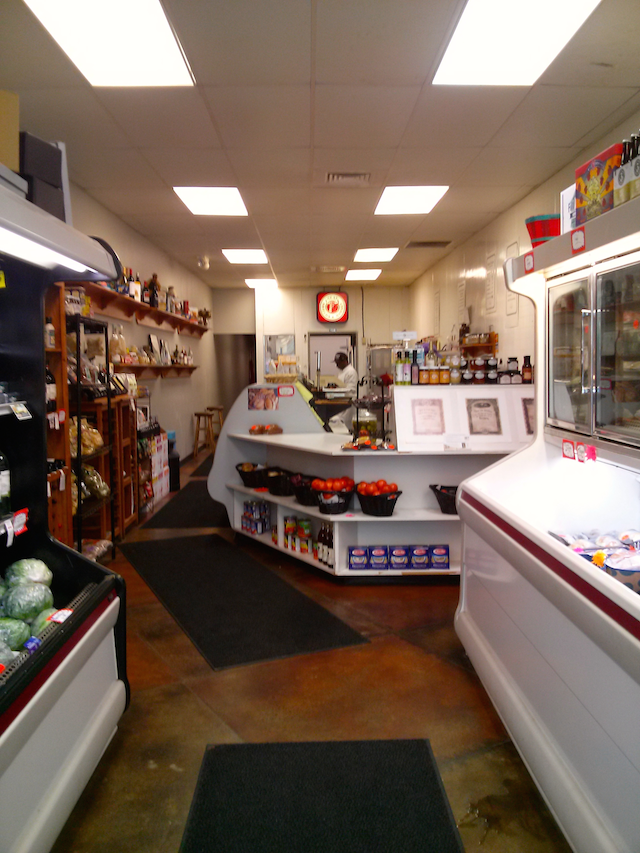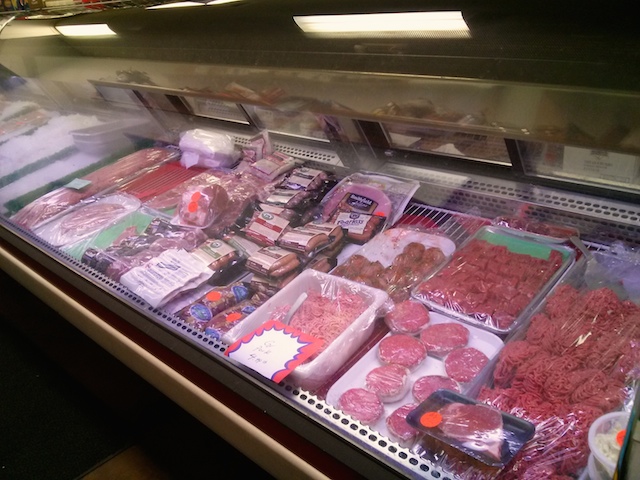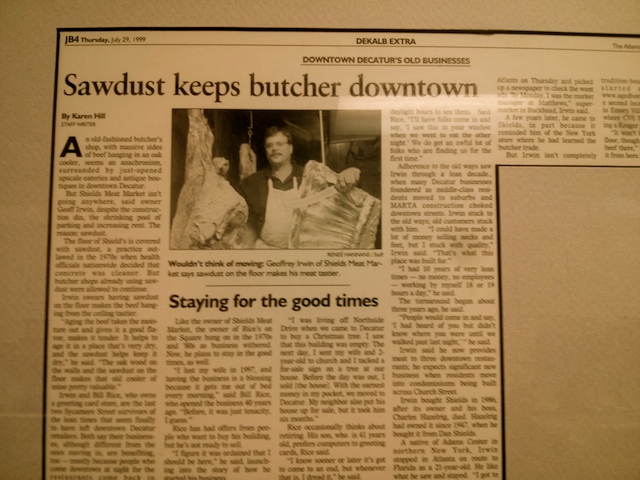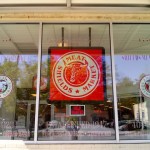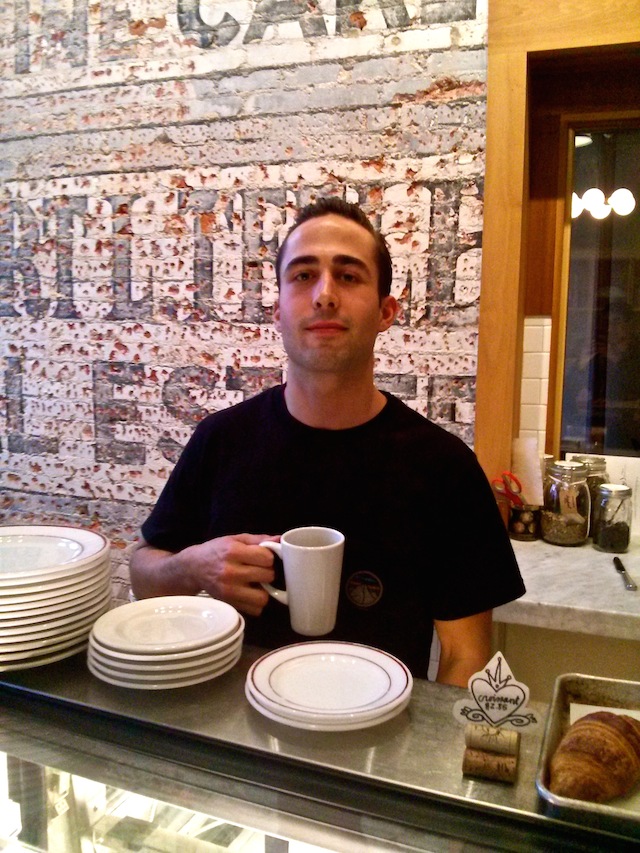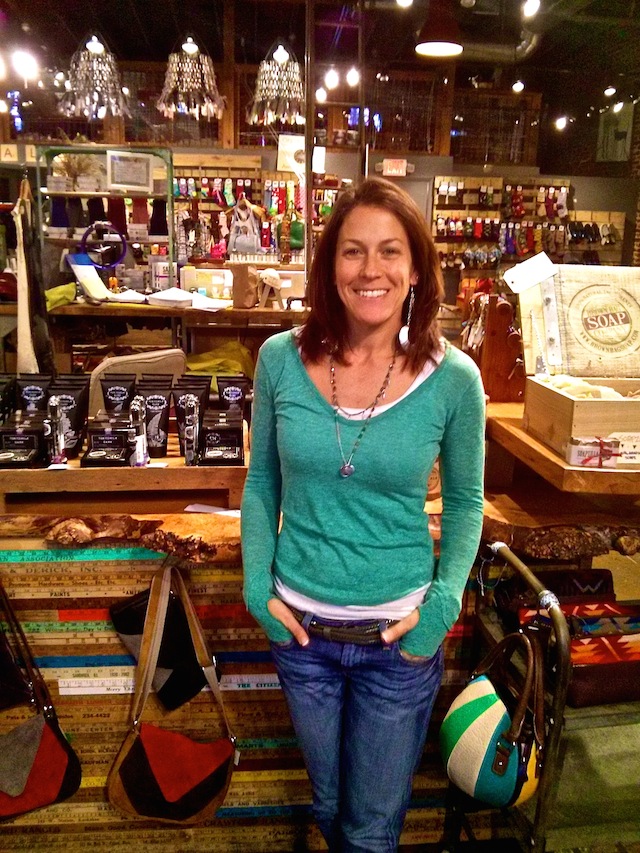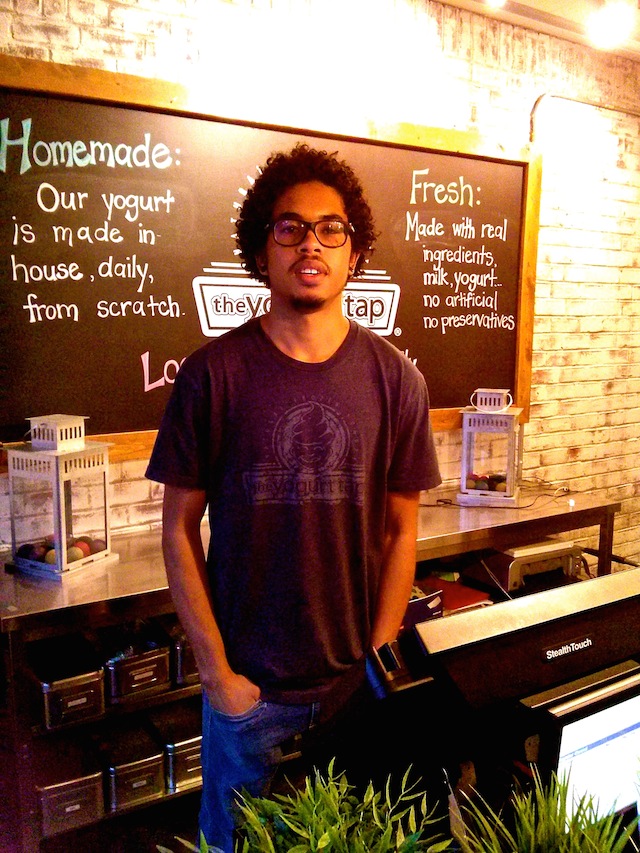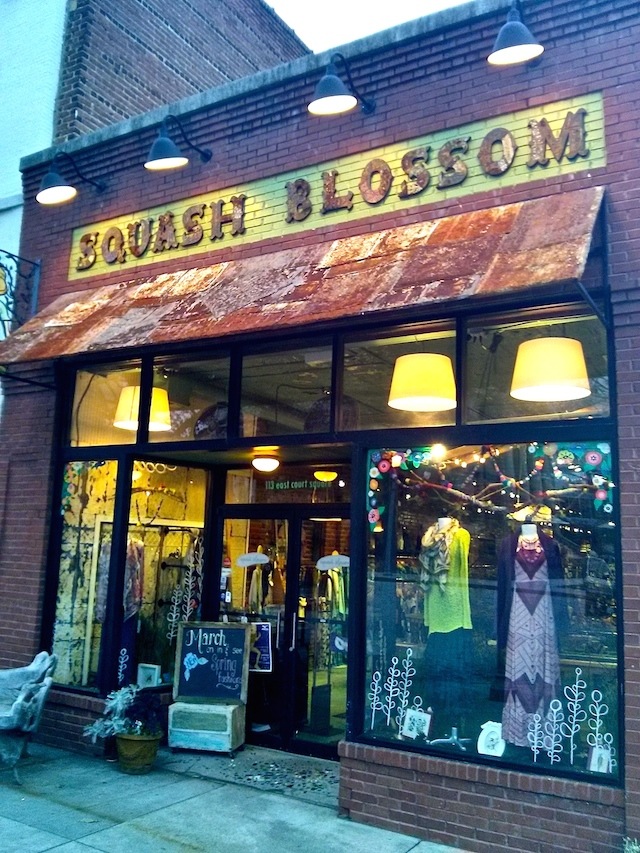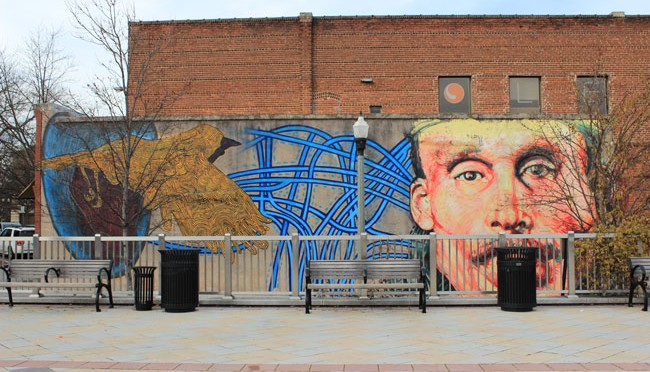Old-time general stores, with their charismatic cashiers and vintage “cha-ching” registers; and barbershops, with their mesmerizing revolving red-blue barber poles and musty astringent smell, both signal the old-school local business era we once knew: when shops emphasized customer service over profit; owners lasted for decades, not years; and business was personal, not expedited and fleeting.

Adjacent to the imposing façade of a CVS drugstore in Atlanta’s Emory Village is a relic of the old-era small business; a butcher shop by the name of Shield’s Meat Market. Attached to the major retailer’s left hip, Shields’s is seemingly hidden from plain sight like a scar underneath layers of clothing, as its entrance sits inside CVS’s left hand entrance foyer. To the unacquainted eye, there are few indications of the market’s existence: small decals plastered on the storefront’s glass-face along with the store’s name written on the very top of the building’s structure are similar in color and style to the numerous adjacent CVS logos, making it hard to distinguish between the two at first glance.
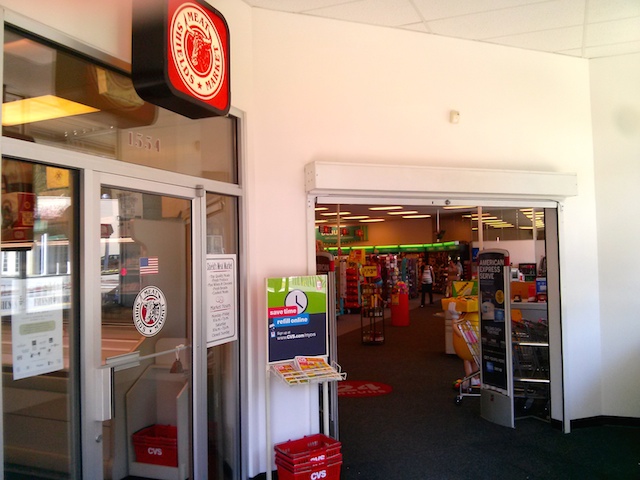
Yet, while the market is tucked away, it thrives, particularly among local and loyal clientele who habitually frequent the store, undeterred by the looming corporation’s presence. The reasons for their return are simple: intimate customer service, expert advice, and unmatchable quality of product, guaranteed.
Swinging the door open, customers are played in by the tune of a cackling cowbell attached to the door, an appropriate and rustic signal to their arrival in meat paradise. Upon entering, a wave of smells inundates patrons, bathing them in the warm scent of eclectic raw meats. On the left is a refrigerated aisle with four rows, of which the bottom three hold a basic selection of fresh greens, fruits, cheeses, and wine, purposefully placed to tempt customers to purchase the perfect dinner accompaniments to pair with their meats. The top row is lined with a collection of various craft beers, hand-selected and taste-tested by the owner and further supplemented by helpful beeradvocate.com ratings. On the right sits a long, seemingly bottomless freezer-pit filled with a variety of frozen meats and fish, and suspended directly above the pit are freezer cabinets packed with assorted meat patties. Beyond the freezers stand wooden cabinets on either side, stocked with wine, hot sauces, and pastas.
The store then diverges, the single pathway slicing in an s-formation to the left and narrowing, making space for the prototypical butcher counter. Behind cylindrically curved display glass sits what Shields’s is known for, a diverse selection of quality meat. Whether it’s beef, poultry, lamb, pork, or even seafood, Shield’s has it. Poultry delivered three times a week, ice packed, and never frozen by local Georgia company called J&G Poultry Inc. lay nestled in a bed of ice on the left side of the display; home-made Italian sausage links, filled with a secret concoction of spices are stacked into tall coils and laid out in a circular display in the center; and an assorted range of prime aged cheeses fill out the right endpoint of the counter.
Behind the counter stands a burly, seasoned man, his hair predominantly gray. Spectacles sit atop the bridge of his nose, softening his otherwise tough, steely appearance. He dons a classic white apron, blue jeans that sag around his ankles, and worn black shoes. The man behind the counter is Geoff Irwin, connoisseur of meats and proud owner of Shield’s Meat Market.
Meat has always been Irwin’s forte. Carl E. Fassett, the owner of Fassett’s smoked meat shop in Adams Center, New York, trained Irwin after he finished high school, and Irwin credits Fassett’s teachings and expertise to the store’s emphasis on quality and customer service. Irwin’s journey in Atlanta started in 1983. “I arrived with $63 dollars in my pocket … and in about two weeks I was market manager for Mathews Supermarket,” Irwin said. By 1986, Irwin became the principal owner of Shield’s Meat Market in downtown Decatur after working there for a year. The old store epitomized classical butchery with a butcher-block for precise cuts; sawdust on the floor to absorb moisture, thus making the meat taste better; and suspended cow carcasses displayed to illustrate freshness and classic traditions upheld through life times of experience.
In 2000, Irwin decided to open another Shield’s in Emory Village to increase business; however, while his new location thrived under his watchful eye, the old Shield’s Market had to close much to Irwin’s disappointment, “I tried to run both of them together, but the guys I had running the other store ran it into the ground.” Nonetheless, Irwin and long time employee Diamond Bardell have tried to replicate the old store’s atmosphere, “This store is similar to the old store; its set up is similar but more modern” Bardell said. “We try to keep everything the same.”
Customers affirm Bardell’s claim to uniform high standards even after moving, praising the service as well as quality that Shield’s offers, “Everything he has is quality and Geoff adds a personal touch” regular Lee Alderman said. “He has excellent meat loaf that he’s been making it since 1980.” Locals Jill Peterson and Elizabeth Bell frequented Shield’s well before it moved to Emory Village and sing nothing but praise for Irwin, “we actually got my son a whole calf for him and his buddies to cut outside, and Geoff arranged for all of that” Peterson said.
[timeline src=”https://docs.google.com/spreadsheet/ccc?key=0AnwiVdoyQRe-dEU4SEhXcVlMRExHdXJxaWtKUWV3Q0E&usp=drive_web#gid=0″ width=”100%” height=”650″ font=”Bevan-PotanoSans” maptype=”toner” lang=”en” ]
Irwin’s munificent and professional approach to his craft embody the essence of old-era business that once was, and his Meat Market, a vestige in today’s society, should be cherished and enjoyed by all.

